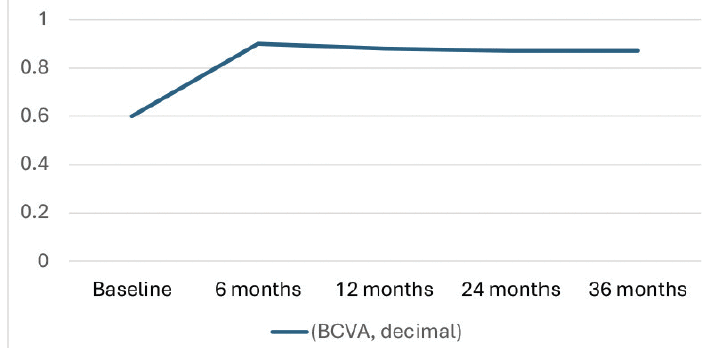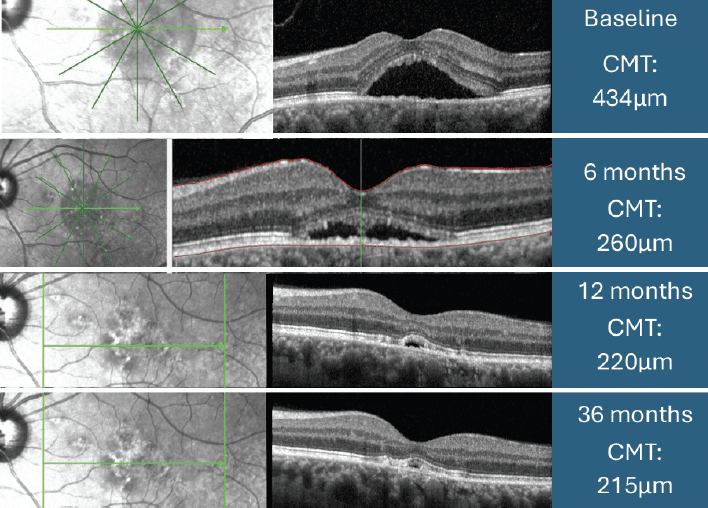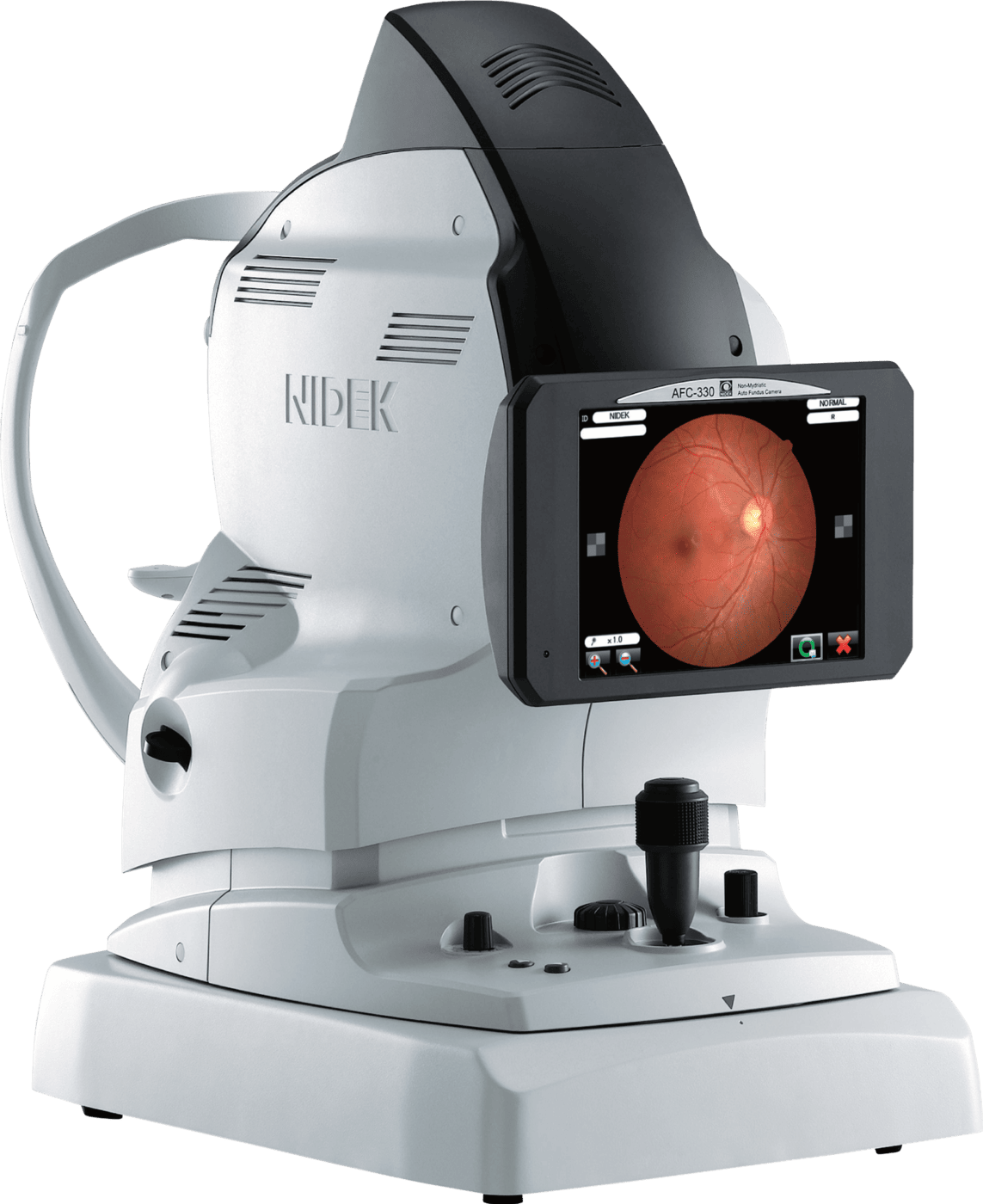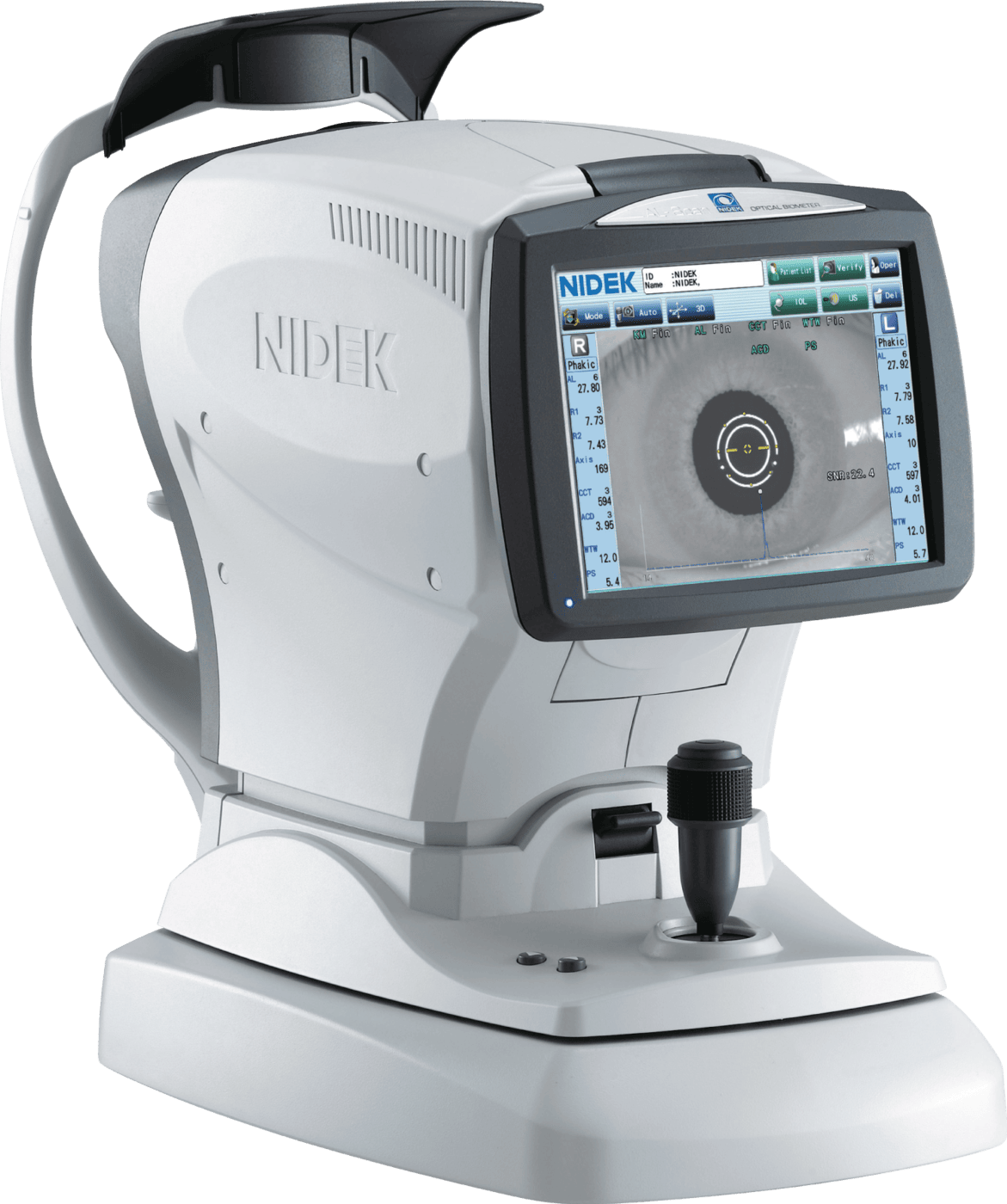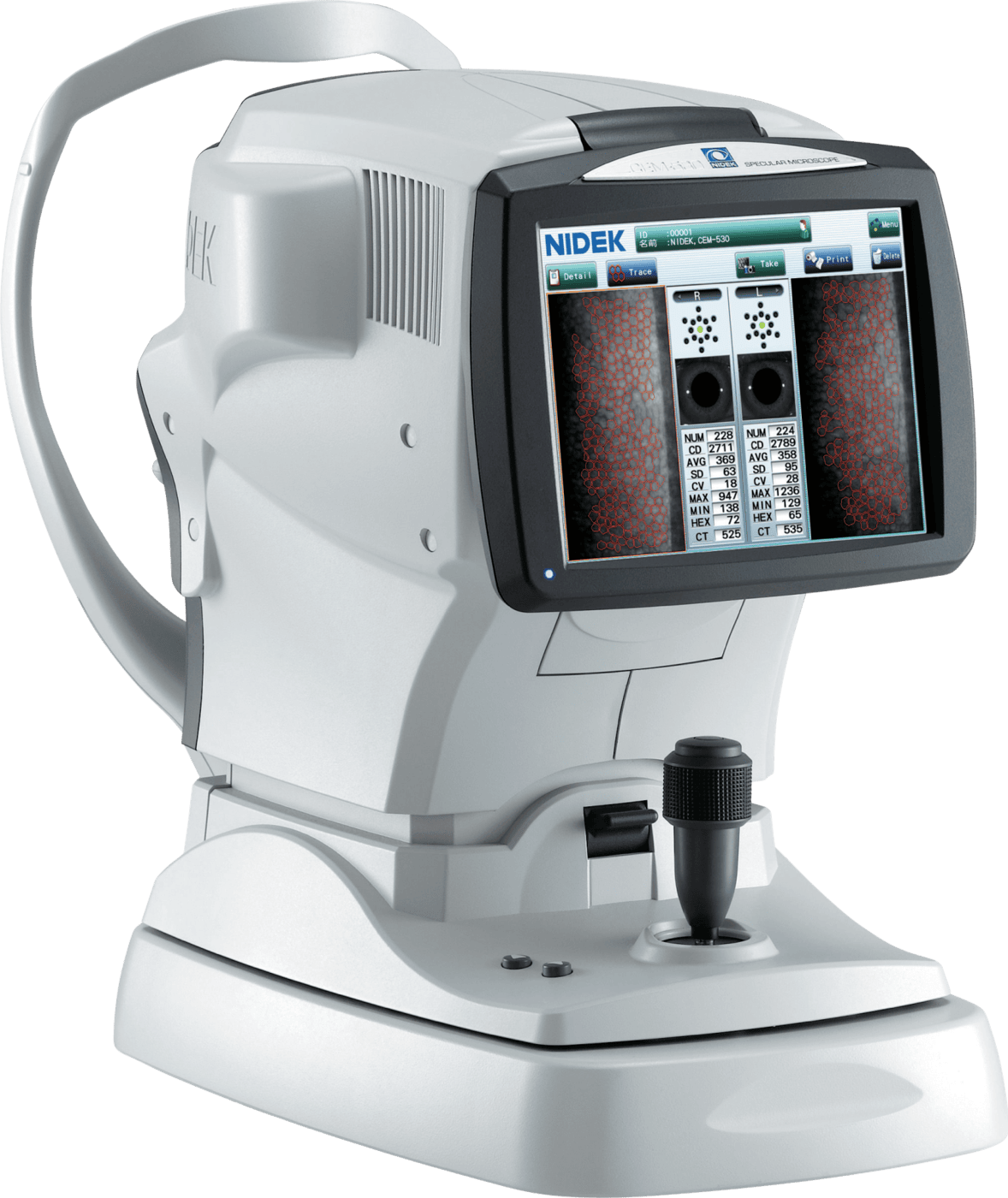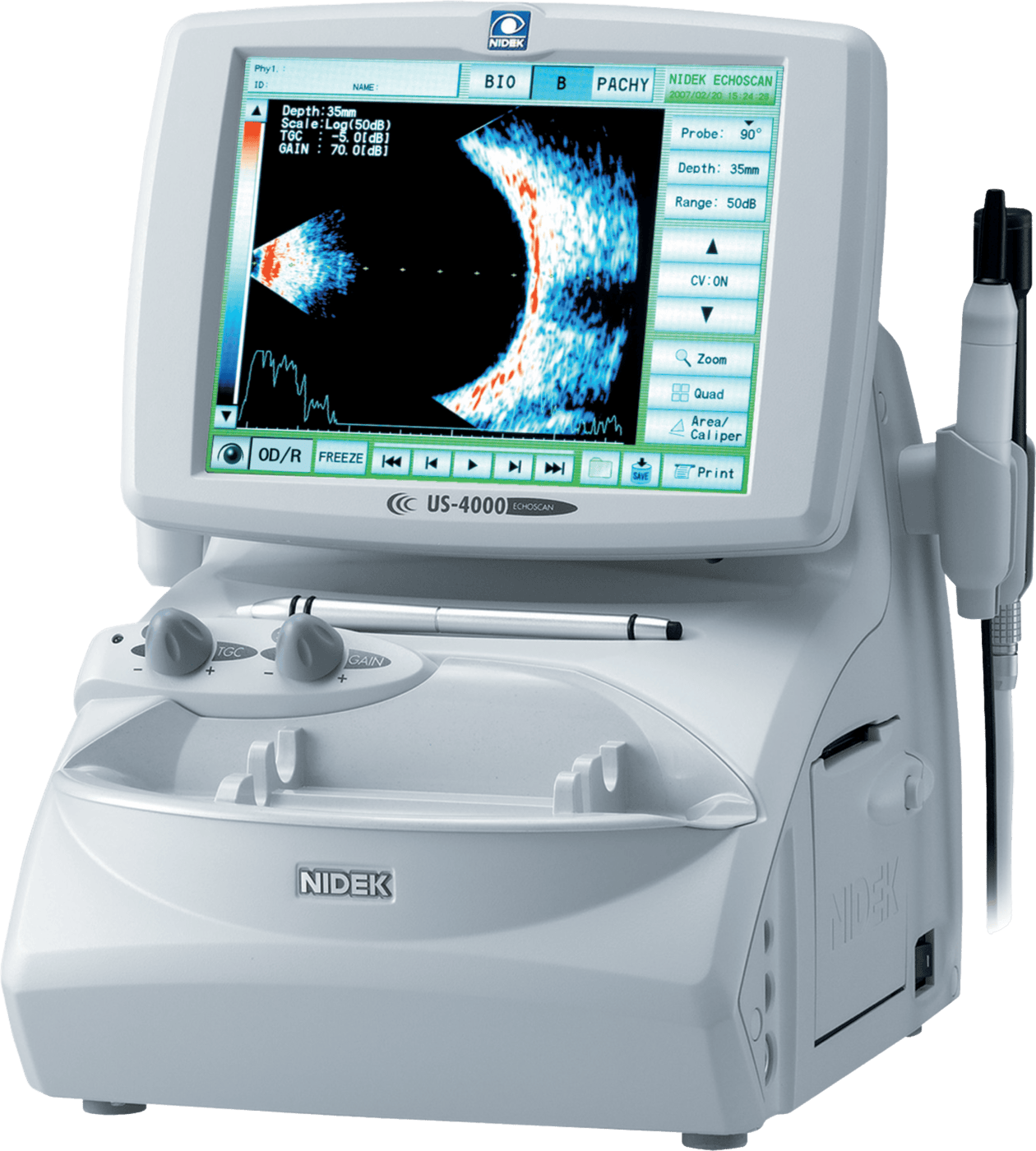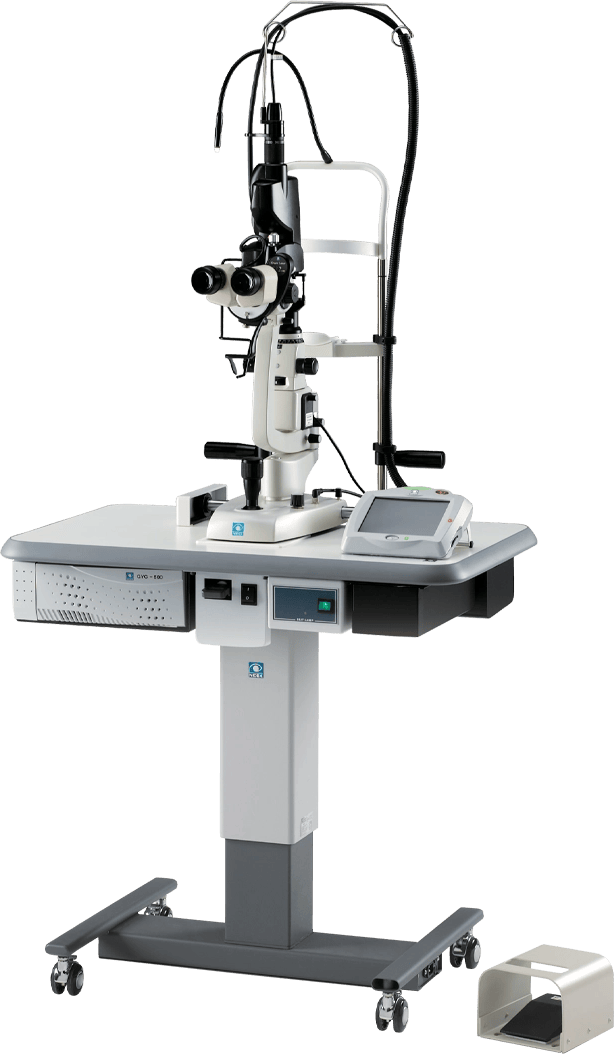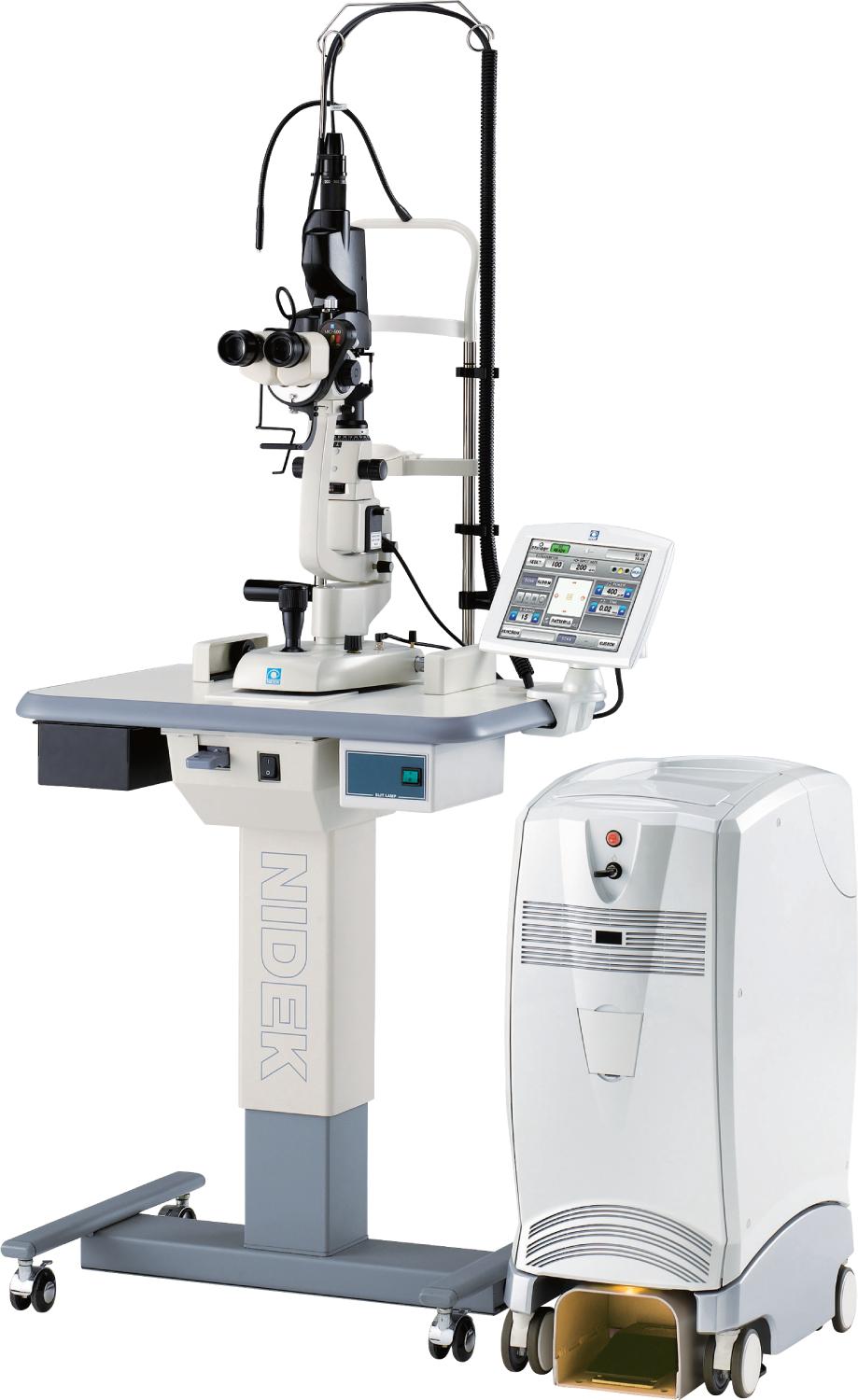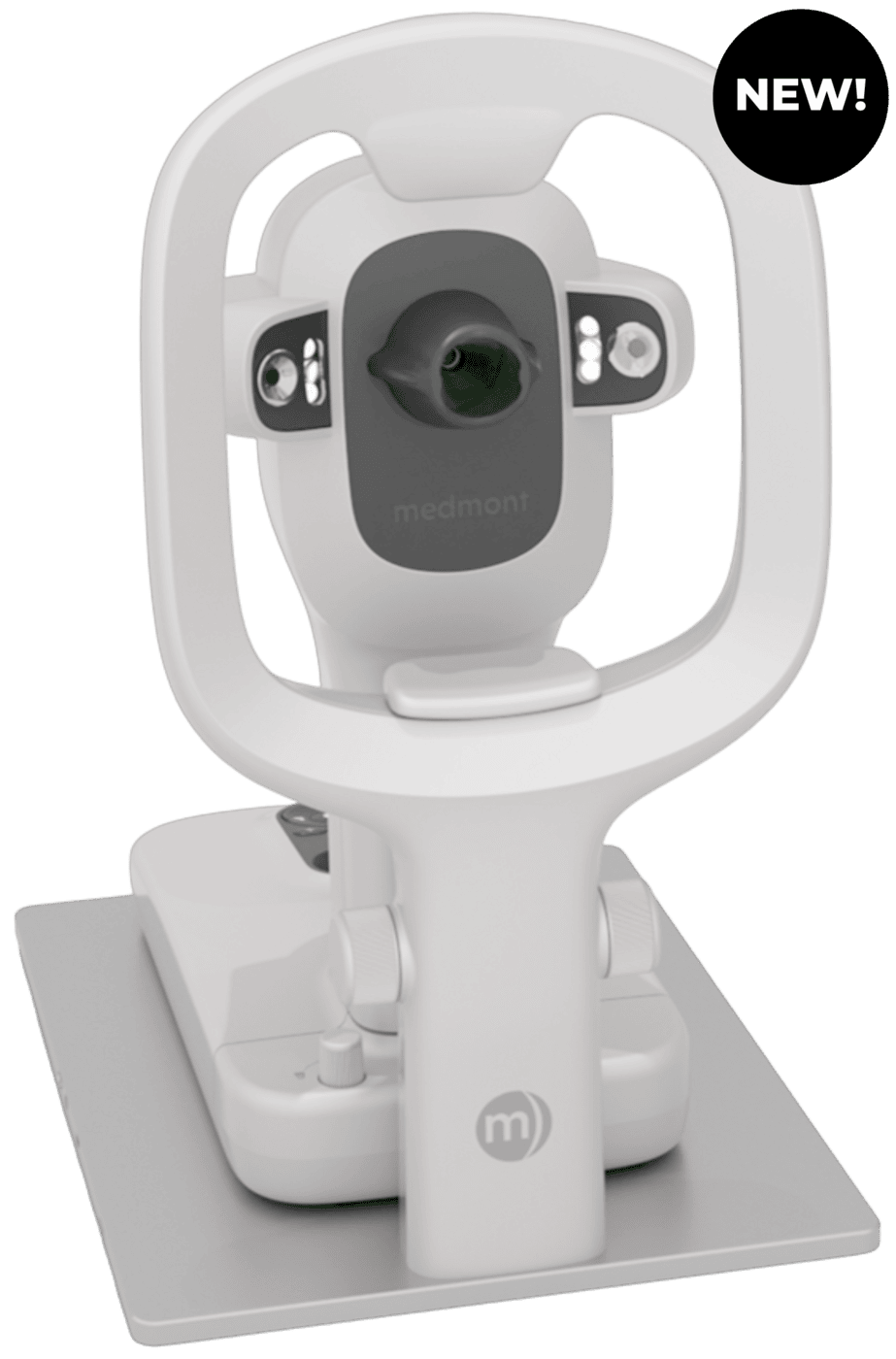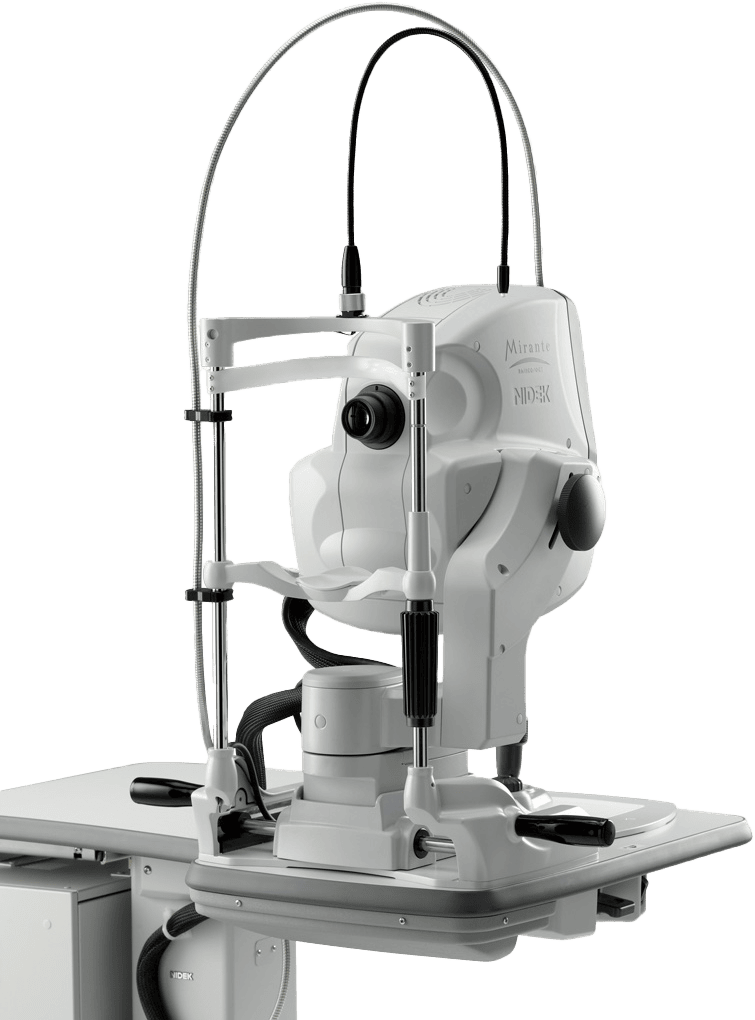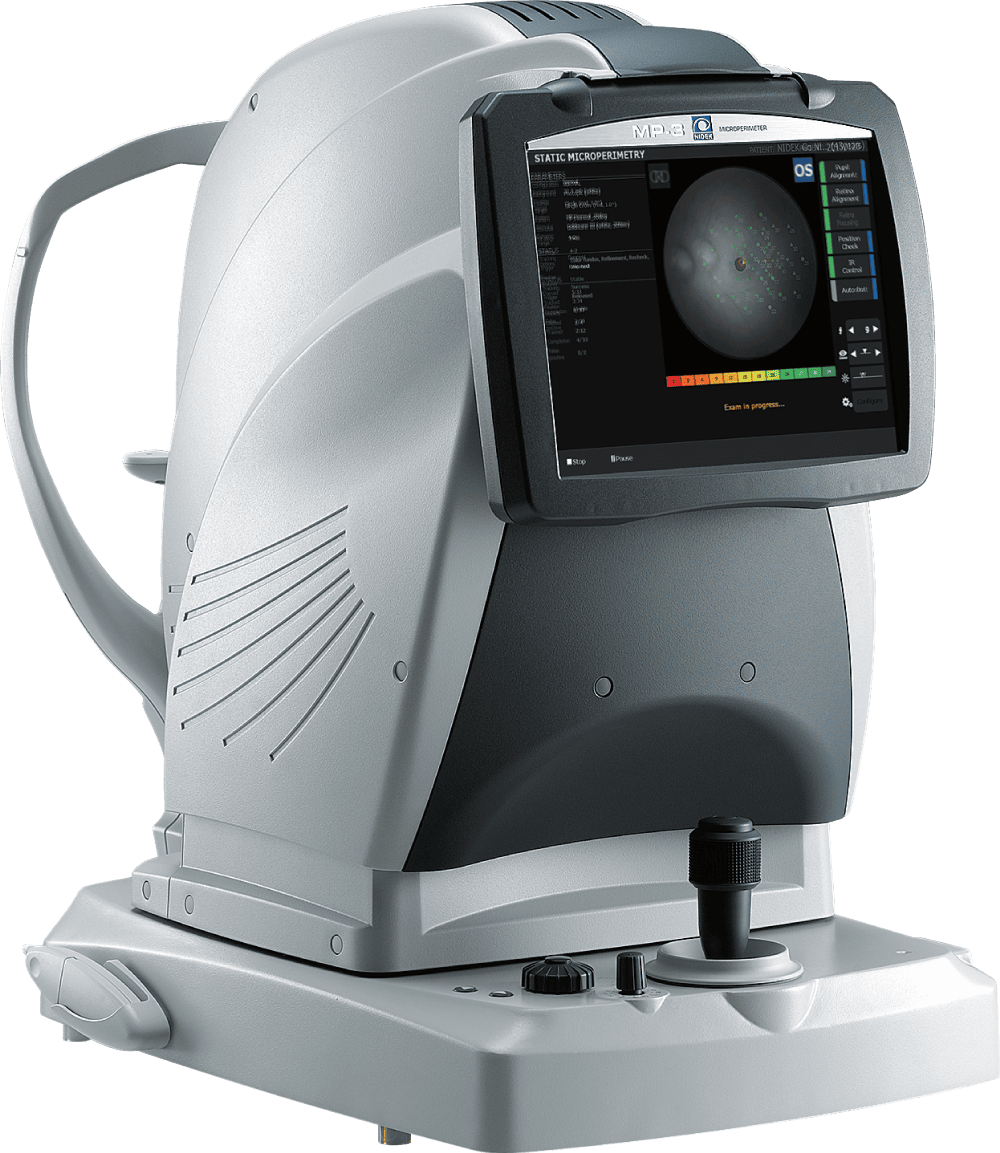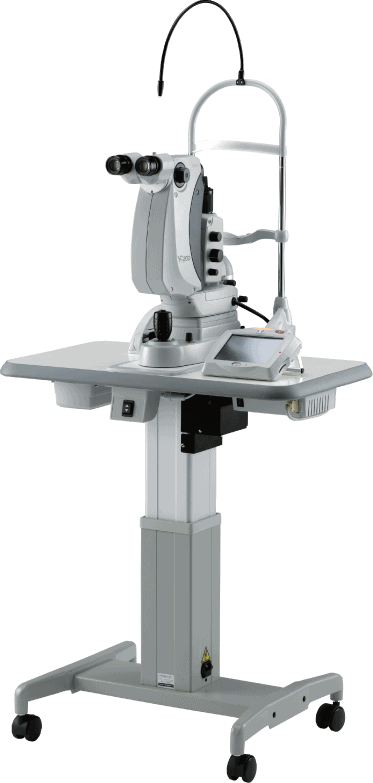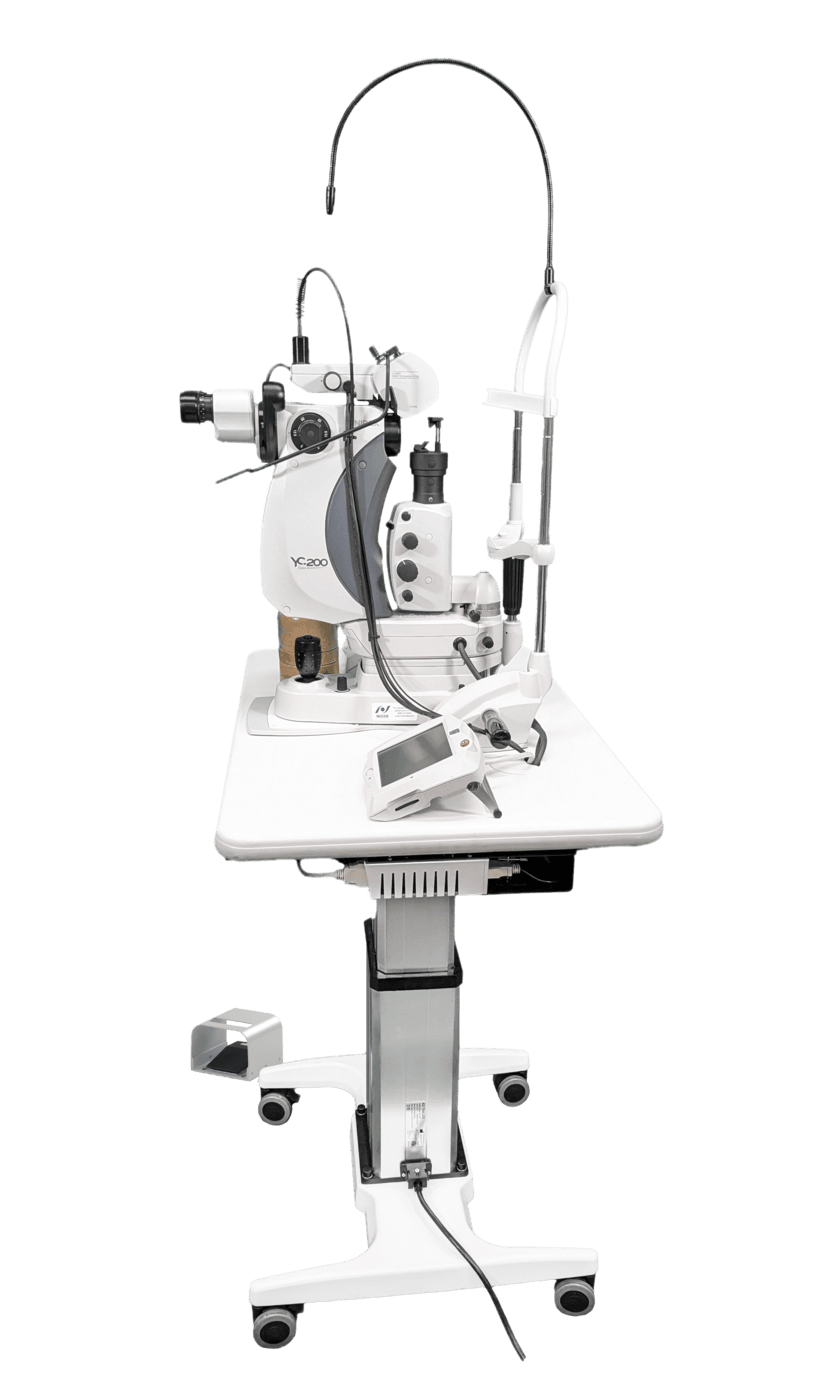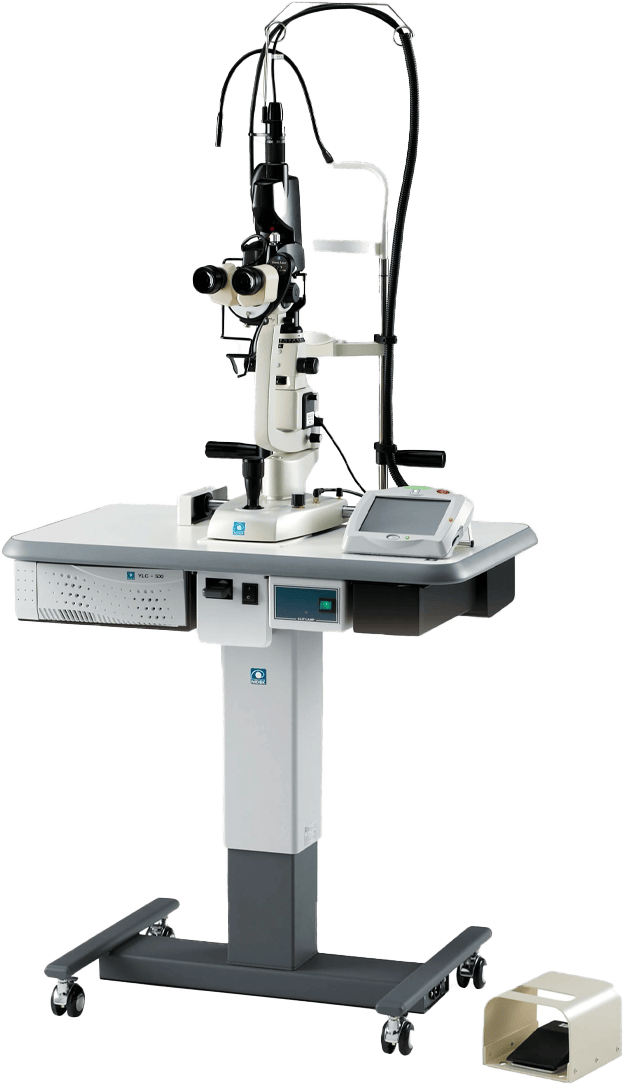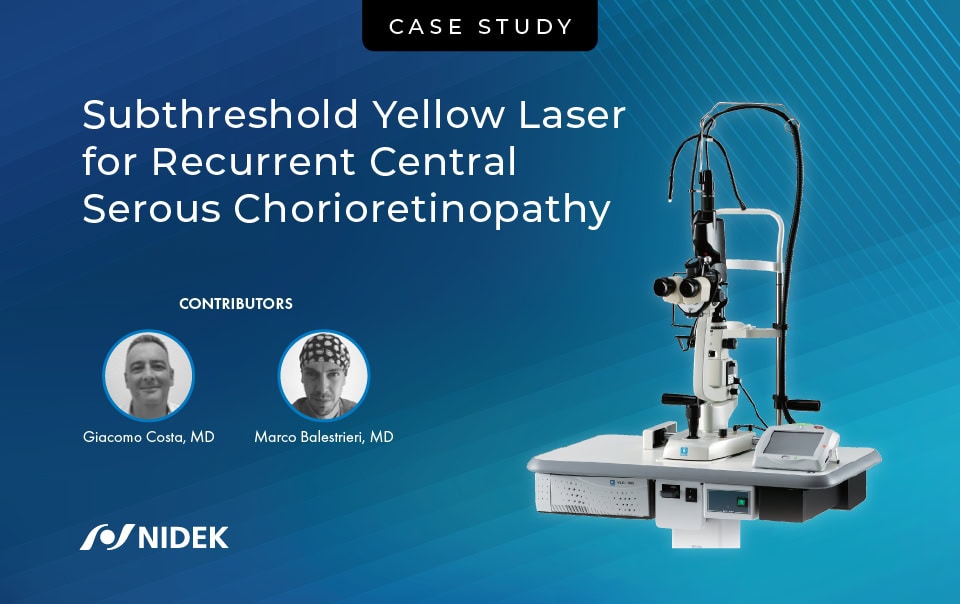
Central serous chorioretinopathy (CSC) is a retinal pathology characterized by the detachment of the neurosensory retina from the underlying retinal pigment epithelium (RPE) in the macular area, secondary to the accumulation of subretinal fluid.
A high proportion of CSC cases resolve spontaneously within an average of 3 months, with a complete recovery of visual acuity. There are rare cases of recurrent or persistent edema associated with CSC that cause irreversible visual impairment.1,2
Different types of treatments have been proposed over the years for chronic and recurrent forms of CSC, including the instillation of NSAID eye drops, the oral administration of diuretics, the intravitreal injection of anti-VEGF factors, photodynamic laser therapy (PDT), and argon laser treatment. Despite these approaches, there is currently no consensus regarding a standardized therapeutic algorithm for CSC.3
SUBTHRESHOLD LASER THERAPY
More recently, subthreshold laser therapy has been shown to be effective in inducing resorption of subretinal fluid in cases of chronic CSC.4-6
The yellow subthreshold laser (YSL) is a retinal technology that can activate a biological response without causing thermal damage to the tissue. One such laser produced commercially is the Yellow Scan Laser Photocoagulator (YLC-500 Vixi; NIDEK) with the Low Power Mode (LPM) function. The LPM software, when combined with the Power Ratio (PR) setting, decreases the laser’s energy delivery by a specific ratio to subthreshold levels to create minimally invasive photocoagulation.
The therapeutic efficacy of the YSL is linked to its ability to regulate the expression of heat shock proteins (HSP) and cytokines within target tissues.7 HSP are a large group of ubiquitous molecules activated by various stimuli; they are able to protect cells by blocking apoptotic and inflammatory stimuli that cause cellular damage.8 A certain amount of laser energy incites the expression of HSP,9 which help restore the blood-retina barrier.10 Thanks to these characteristics, it is possible to treat any retinal area with the YSL, including the macula, even using a large number of spots, without producing any thermal damage to the tissue and while maintaining contrast sensitivity.
RETROSPECTIVE STUDY
We, the authors, conducted a retrospective study (unpublished), in accordance with the principles of the Helsinki Declaration, in which we treated 18 eyes of 18 patients with chronic CSC with the YLC-500 Vixi yellow laser. The patients’ average age was 50.7 ±12.7 years. Their baseline visual acuity was a mean of 0.66 ±0.17, and their baseline macular thickness was 397 ±45 µm. Of the patients enrolled, 80% had not previously undergone treatment with YSL or any other laser therapy; 18% had undergone 1 PDT treatment; and only 1 patient had undergone more than 1 treatment with PDT.
The study’s inclusion criteria were: (1) the presence of subretinal fluid for ≥ 3 months after diagnosis, and (2) ineffectiveness of other medical or parasurgical therapies (eg, the instillation of topical NSAIDs, the use of eplerenone, PDT). The exclusion criteria were: (1) the presence of secondary neovascular membranes, and (2) the presence of other retinal diseases (diabetic retinopathy, maculopathies, retinal occlusive vasculopathies) or of the optic nerve (glaucoma).
Preoperatively, we measured the patients’ BCVA, examined the anterior and posterior segments of each eye at the slit lamp, and we performed digital retinal fluorescein angiography (FA)and macular OCT (HRA2; Heidelberg Engineering). We diagnosed CSC via OCT by detecting the presence of subretinal fluid involving the macular area; in 6 of the 18 patients, it was also possible to detect a focal leakage area that identified the “leakage point.” All eyes included in the study had a chronic form of CSC, as identified by the presence of subretinal fluid for a duration of more than 3 months and a decrease in visual acuity.
TREATMENT PLAN AND PROTOCOLS
We began the treatment with the LPM function to perform a “titration” by placing a barely visible burn in the peripheral retina, which we generally performed outside the vascular arcades. We defined the power level necessary to produce this visible burn as the “threshold.” We then set the PR from the threshold value to achieve the intended “undershoot” best for that particular patient.11 We repeated this process for each patient in the study, thus allowing us to customize the treatment per individual. It has been shown that no thermal damage to tissues can be detected if the energy delivery remains below 30% of that needed to produce the “threshold” spot.12
All patients were treated with the same protocol: a treatment spot size of 100 to 150 µm, an exposure time of 0.01 seconds, and a laser power of 100 to 150 mw (this was LPM on the NIDEK laser of 577 nm). Using a Focal Grid contact lens (Area Centralis; Volk Optical), we performed a titration. Then, we set the laser’s PR to 30% and executed a grid of 6 spots on the leakage point that we identified with FA, or a circular pattern that spared the foveal center.
RESULTS
All patients showed a statistically significant reduction in central macular thickness at 12 months after treatment, and an increase in VA at 6 months. These values were confirmed in the follow-up visits at 24 and 36 months (Figures 1 and 2).
No patients involved in the study developed chorioretinopathy scars that were observable on examination of the ocular fundus or on follow-up examinations (FA and OCT). In addition, we found no changes in the outer retinal layers (the external limiting membrane, IS-OS layer, or the RPE). Furthermore, no patients have reported the appearance of scotomas.
CONCLUSION
YSL has proven to be an effective and safe treatment for CSC. Treating the leakage point with the argon laser is certainly an effective treatment in relapsing forms of CSC (although it is contraindicated if leakage is found too close to the foveal region). Moreover, it is not always possible to detect a leakage point using FA in patients suffering from recurrent forms of CSC. PDT is also an effective treatment for chronic forms of CSC, even in cases of proximal leakage at the foveal avascular zone.13 In this study, treatment with YSL showed no visible side effects in any of the patients.
We believe that YSL represents a new and effective therapeutic option in all chronic recurrent forms of CSC. We are encouraged that we found no visible side effects in any of the patients undergoing treatment, including scarring in the RPE.
REFERENCES
- Gass JD. Pathogenesis of disciform detachment of the neuroepithelium. Am J Ophthalmol. 1967;63(3): Suppl:1-139.
- Yap EY, Robertson DM. The long-term outcome of central serous chorioretinopathy. Arch Ophthalmol. 1996;114(6):689-692.
- Daruich A, Matet A, Dirani A, et al. Central serous chorioretinopathy: recent findings and new physiopathology hypothesis. Prog Retin Eye Res.2015;48:82-118.
- Elhamid AHA. Subthreshold micropulse yellow laser treatment for nonresolving central serous chorioretinopathy. Clin Ophthalmol.2015;9:2277-2283.
- Yadav NK, Jayadev C, Mohan A, et al. Continuing medical education: subthreshold micropulse yellow laser (577 nm) in chronic central serous chorioretinopathy: safety profile and treatment outcome. Eye (Lond). 2015;29(2):258-264.
- Scholz P, Altay L, Fauser S. Comparison of sub- threshold micropulse laser (577 nm) treatment and half-dose photodynamic therapy in patients with chronic central serous chorioretinopathy. Eye (Lond).2016;30(10):1371-1377.
- Roider J. Laser treatment of retinal diseases by subthreshold laser effects. Semin Ophthalmol.1999;14:19-26.
- Piri N, Kwong JMK, Gu L, Caprioli J. Heat shock proteins in the retina: focus on HSP70 and alpha crystallins in ganglion cell survival. Prog Retin Eye Res.2016;52:22-46.
- Dorin G. Evolution of retinal laser therapy: minimum intensity photocoagulation (MIP). Can the laser heal the retina without harming it? Semin Ophthalmol.2004;19:62-68.
- Midena E, Bini S, Martini F, et al. Changes of aqueous humor müller cells’ biomarkers in human patients affected by diabetic macular edema after subthreshold micropulse laser treatment. Retina.2020;40:126-134.
- Chhablani J, Chhablani J, Ong J, et al. Subthreshold laser therapy guidelines for retinal diseases. Eye (Lond) 2022;12:1-2.
- Lavinsky D, Wang J, Huie P, et al. Nondamaging retinal laser therapy: rationale and applications to the macula. Invest Ophthalmol Vis Sci. 2016;57:2488-2500.
- Cardillo Piccolino F, Eandi CM, Ventre L, et al. Photodynamic therapy for chronic central serous chorioretinopathy. Retina. 2003;23(6):752-763.
CONTRIBUTORS
Giacomo Costa, MD
- Ophthalmology department head, Hospital Gian Battista Morgagni & Luigi Pierantoni, Forlì, Italy
- [email protected]
- Financial disclosure: None
Marco Balestrieri, MD
- Hospital Gian Battista Morgagni & Luigi Pierantoni, Forlì, Italy
- [email protected]
- Financial disclosure: None
RELATED VIDEOS
For more info about the NIDEK YLC-500 Yellow Laser Photocoagulator and YLC-500 Vixi Yellow Scan Laser Photocoagulator, visit: https://usa.nidek.com/ylc-500/
